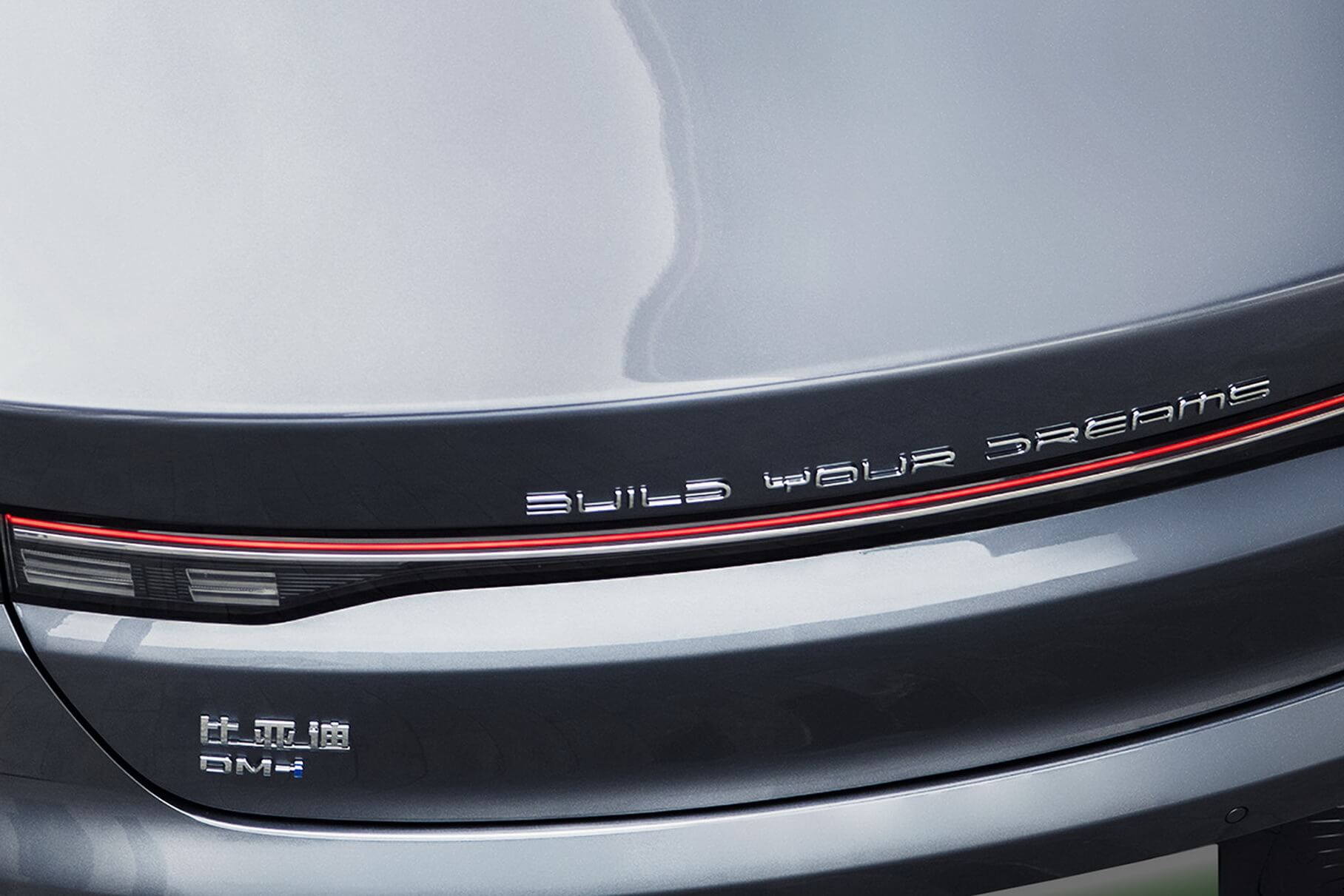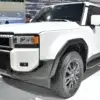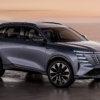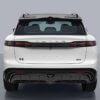According to unofficial data, the Japanese auto giant intends to soon develop two or three new products based on BYD’s DM-i architecture. Chinese journalists believe that the upcoming abandonment of the proven THS (Toyota Hybrid System) platform is due to the fact that “plug-free” HEV hybrids in China are deprived of the benefits and subsidies that chargeable hybrids are entitled to.
BYD is the absolute leader in the Chinese car market, and the rechargeable hybrids of this brand are very successful. According to insiders, Toyota will be able to use the most modern iteration of the DM system, that is, it will take a power plant with an estimated range of up to 2000 kilometers (CLTC). Both auto giants have not yet confirmed the expansion of cooperation in the field of hybrids.
The new Chinese-assembled Land Cruiser Prado turned out to be cheaper than expected BYD introduced the Leopard 8 frame hybrid SUV Toyota explained why the new Prado will not have “off-road” versions
BYD has several variants of the DM system: DM-i for front-wheel drive models, DM-p for all-wheel drive hybrids and SUVs, and DMO for frame all-terrain vehicles and pickups. Most likely, Toyota will be able to use only the simplest and most widespread DM-i system, and Japanese new products will have their own setup for the Chinese hybrid.
The cooperation between Toyota and BYD has been ongoing since 2021. The Toyota bZ3 electric car was developed jointly, with the batteries and electric motor supplied by a Chinese partner. Toyota’s decision to abandon its own technology in favor of a third-party solution can be explained simply: “price wars” are flourishing in the Chinese market, and the low cost of the BYD system is a competitive advantage.
All the new products from the Beijing Auto Show







